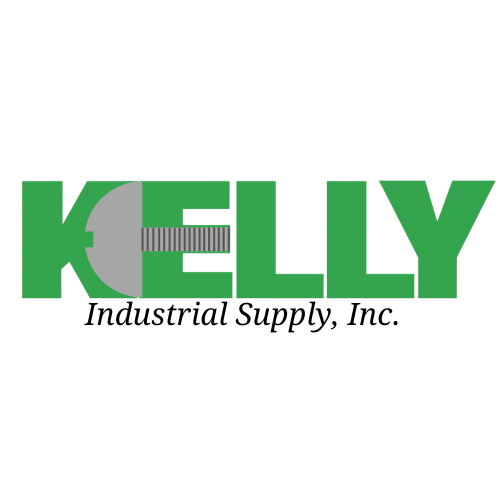top of page
All Posts


Threaded Fasteners: Understanding Thread Types and How to Choose the Right One for Your Project
Fasteners come in several categories, and one of the most used types is threaded fasteners, which include screws, bolts, and nuts. Threads play a crucial role in their function, securing components and ensuring reliable performance. Different thread types are specifically designed for various applications, from everyday tasks to specialized industrial uses. In this article, we’ll explore some of the most used thread types and guide how to choose the right one for your project
Kelly Industrial
Dec 30, 20254 min read


Ultimate Tap Drill Size & Conversion Chart for Industrial & Manufacturing Applications
Nothing disrupts production faster than stripped threads, broken taps, or scrap parts caused by incorrect drill sizing. In industrial machining and manufacturing environments, even minor errors in tap drill selection can lead to downtime, tool breakage, and costly rework. This guide serves as a one-stop reference for machinists, manufacturers, and procurement teams, providing accurate tap drill sizes for standard Imperial (SAE) and Metric threads. It also includes a master co
Kelly Industrial
Dec 17, 20252 min read


Cybersecurity
Think cyberattacks only hit big companies? 46% target small businesses. Discover common threats like ransomware and phishing, plus practical prevention solutions.
Kelly Industrial
Oct 27, 20253 min read


Fastener Grades Explained: SAE, ASTM, and ISO Standards
Using the wrong fastener can cause project failure. Learn how SAE, ASTM, and ISO grading systems classify fasteners by strength and application to choose correctly.
Kelly Industrial
Sep 18, 20254 min read


Hydraulic Hose Assembly Specifications: A Buyer's Checklist
One mismatched hydraulic hose can cause costly equipment downtime. Follow this essential buyer's checklist to avoid failures and select the right hose for your project.
Kelly Industrial
Aug 23, 20255 min read


The Ultimate Guide to Hydraulic Hose Pressure Ratings
Hydraulic hoses are rated for specific pressure ranges from 300 to 6000+ PSI. Discover which pressure category—low, medium, or high—suits your equipment needs.
Kelly Industrial
Jul 17, 20253 min read
bottom of page
